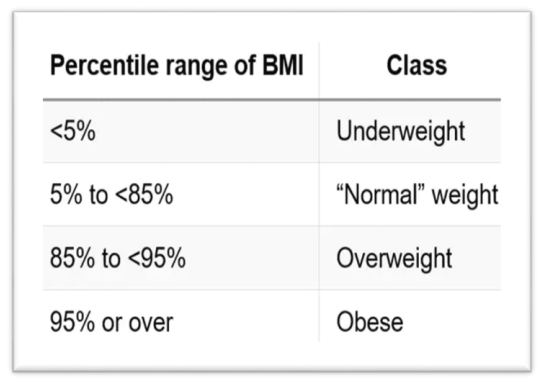Childhood Obesity
The prevalence of childhood obesity has increased at an alarming rate.
One of the top three nations for the percentage of children between the ages of six months and twelve who are obese is Malaysia. According to a 2015 National Health and Morbidity Survey (NHMS) study, 11.8% of children under the age of 18 are obese.
Additionally, if comprehensive awareness-raising or intervention efforts are not implemented now, 1.65 million children will be obese by 2025 based on an estimated prediction and the most recent data collected.
How can you define your child as obese?
The medical definition of childhood obesity is having a body mass index (BMI) at or above the 95th percentile for age and sex in children aged 2 years and older.
Children and adults have different BMI factors. Children's BMI is age- and gender-specific because their body compositions naturally change as they grow. Healthcare providers use specialized growth charts to determine a child's healthy BMI.

Implications of childhood obesity
Among the most common conditions associated with primary childhood obesity, are those that affect the cardiovascular system like hypertension, hypercholesterolemia and dyslipidemia, the endocrine system such as type 2 diabetes mellitus, hyperinsulinism, insulin resistance, impaired glucose tolerance, as well as pulmonary complications (e.g. asthma, sleep apnea), growth acceleration, musculoskeletal problems and psycho-social problem like depression and low self-esteem.
Childhood obesity is not a condition, but rather a disease. Obesity assessment in children and adolescents is critical to preventing the progression of multiple co-morbidities into adulthood. It is essential to address these issues through educational and awareness campaigns to encourage children to eat healthy and active lifestyles.
